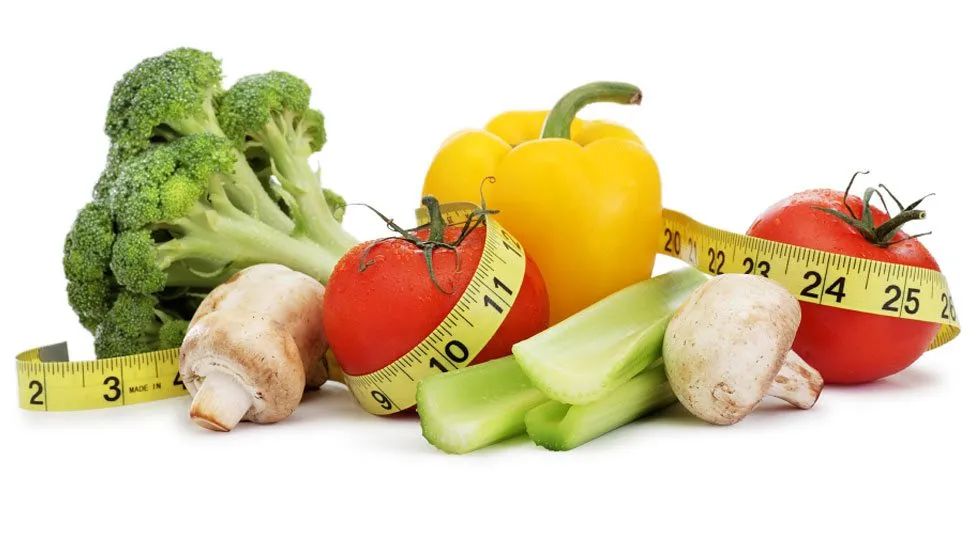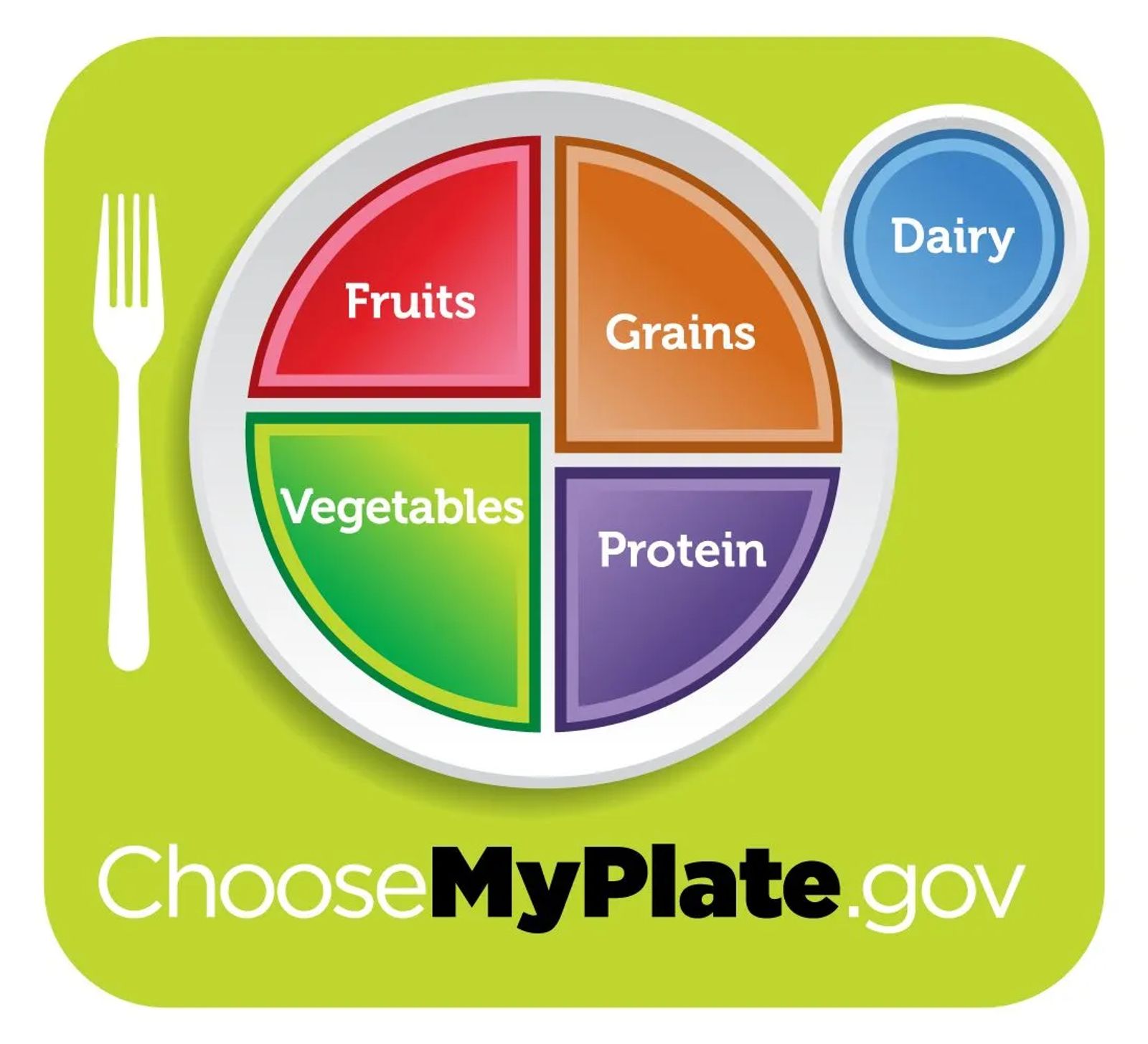
You Say You Want a Resolution?
Tackling the weighty challenge of eating right
When the first of the year hits, many will step on the scale and vow that they will eat better as they ring in the New Year. Hands down, losing weight and eating right is the number one New Year"s resolution. Many will count calories. They will try a daily diet overhaul. They will swear off certain foods and sweat off more calories by hitting the gym. They will promise to reach more for fruits and veggies.
When it comes to Americans’ diets, the average person has no problem taking in five things – fats, refined grains and sugars, sodium, and worst of all, too many calories. On the flip side? According to the President"s Council on Fitness, Sports and Nutrition, they are getting less than the recommended amounts of fruits, vegetables, whole grains, dairy products and healthy oils. If you look at most people"s dinner plates, it"s the nutrients and vitamins that are missing.
LIFESTYLE CHANGING TIP:
Try tracking what you eat by using a food journal. Many times, when people see their
patterns on paper, it proves to be a great lifestyle changing tool.
"We are just a faster paced society," says Beverly McHugh, a registered dietitian and licensed nutritionist with the Diabetes and Heart Disease Prevention Program through St. Vincent Healthcare. "We tend to throw things together and may not think about it as much. People sit down for meals probably less than they used to – less cooking time, less preparation time." As a result, McHugh says, people are looking for two things when it comes to meal prep. Is it quick? And, is it easy? Many times, meals that are simple and fast don"t pack a nutritious punch.
So if losing weight and eating right is the number one goal for the New Year, why is it that only 46% of people will stick with it for even six months? "You are speaking to behavior change," McHugh says. "That"s my world, trying to help people make changes."
As a leader with the Diabetes and Heart Disease Prevention program, McHugh tries to meet folks at their level. If all a person can eat is canned or frozen vegetables, McHugh won"t argue with that. Or, if someone relies on frozen meals a few times a week just to feed the family, "We might talk about how a person can read the labels to find a better choice and then, is there anything missing in that frozen meal?" McHugh laughs as she adds, "Sometimes you look on the label and it shows all those beautiful vegetables and then you open it and it has six peas in it. I just tell people, "Gosh, is there something you can add to that? Do you have a sack of frozen vegetables in the freezer that you can stuff some extra vegetables in your meal?" A lot of times people say, "Well, yeah, I can do that!""
When it comes to fruits and veggies, are some better than others?
If you"ve spent any time in the checkout lane at the grocery store, you"ve probably seen the headlines. "Try this super food to beat cancer" or "Dry, scaly skin? You could be lacking in this mighty vitamin!" The headlines might scream to help those magazines fly off the shelves but the science behind the power of vitamins is a constantly evolving science.
"If I said, you should eat a half cup of blueberries every day in order to get all the wonderful antioxidants and vitamin C and all the things that blueberries provide, that would be a great goal," McHugh says. "Do you think that I could eat a half cup of blueberries a day for the rest of my life? Are you kidding me? No way!"
LIFESTYLE CHANGING TIP:
Do you have a tough time getting in all your veggies? McHugh says try sneaking some into your food. Try shredded mushrooms in your spaghetti sauce or add pureed pumpkin to your baked goods.
Truth be told, one type of fruit or one kind of veggie alone can"t save someone"s dietary day. Most Americans are lacking in vitamins across the board. McHugh says while severe deficiencies in one specific vitamin can happen, it"s pretty rare. "We are not getting optimal nutrition in our diets to prevent disease and get many of the benefits that a high nutrient diet would provide." And, if folks would just pay more attention to what they are putting on their plates McHugh says, "There are studies that show those that have diets higher in fruits and vegetables and higher in whole grains are less likely to have heart disease, strokes and cancer."
Speaking of what you are putting on your plate, McHugh says there is a pretty easy way to load up your dinner to make sure you are getting the right amount of nutrition. Thanks to the Choose My Plate Guidelines crafted by the USDA a few years ago, it"s as easy as cutting the space on your plate in quarters. Fill one quarter with meat or protein, one quarter should be whole grains, and then fill the other half of your plate with fruits and vegetables. Don"t forget the dairy! That"s supposed to be a companion to your plate at least a couple times a day. When it comes to breakfast, filling all four quarters might sound like a tall order. McHugh says, don"t worry, "For breakfast, I want people to have at least three of the categories."
The Choose My Plate Guidelines are a great way to try to get in all your fruits and veggies each and every day. McHugh says to use this formula for two meals. For breakfast, strive to get at least three out of the four food groups. And, even though it is off to the right -- don"t forget the dairy![/caption]

If you"re one that has losing weight and eating right as one of your goals for 2014, McHugh says realize these kinds of lifestyle changes can"t happen successfully overnight. It helps when you have a motive behind the change. "You have to have a reason why you want to change and then you have to figure out what you are going to change," McHugh says. Dietary changes that tend to stand the test of time are typically ones made gradually, day by day. McHugh says with this strategy folks are more apt to witness success and feel good about it. She smiles as she says, "I just try to meet people where they are at and encourage what they feel they can do in their lives."
THERE'S AN APP FOR THAT
Make your computer or Smart Phone a mini lifestyle coach
Need some help tracking what you eat and double-checking your vitamin intake? Try one of these apps and use your computer or Smart Phone to help log your food and keep you on track.
My Fitness Pal: This free online resource includes a recipe and nutrition facts calculator, basal metabolic rate calculator and BMI calculator. Set a calorie and weight loss goal, log your foods (even includes a database of restaurant meals) and check out the daily summary to see how well balanced your meals really are. You can connect with friends for extra support. This app also syncs with Fitbit pedometers to keep track of your calories burned. myfitnesspal.com
Super Tracker: This free app run through ChooseMyPlate.gov allows you to get personalized nutrition and physical activity plans. Check your progress and log your foods to see how your week is stacking up. Get tips and support to help you make healthier choices. supertracker.usda.gov
Lose It!: This app helps you set a daily calorie budget, tracks your food, and offers a robust food database with the values from thousands of restaurant, grocery store and brand name foods. You can also track your exercise to help you stay motivated. It also provides peer support allowing you to connect with friends. LoseIt.com









